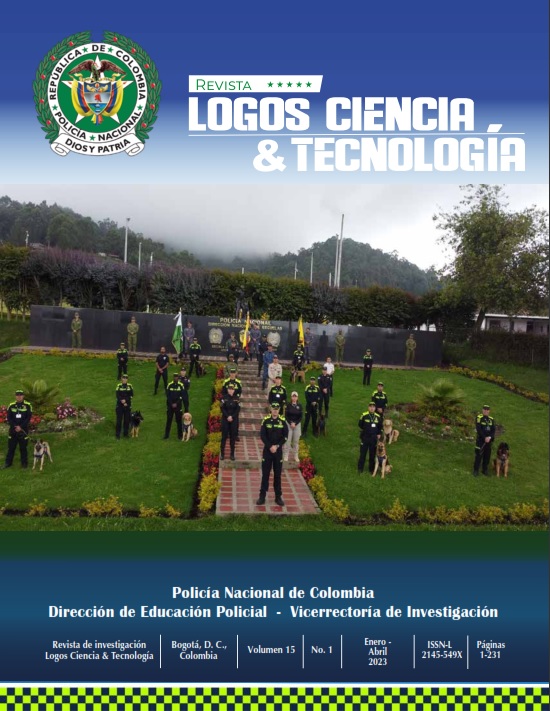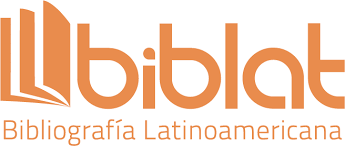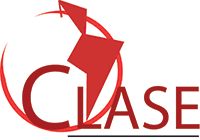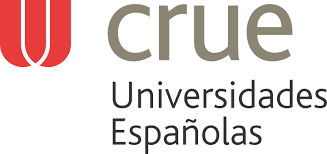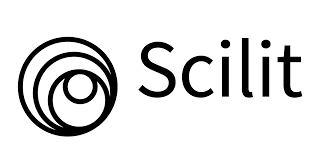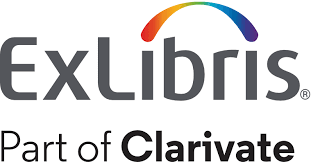The Environmental and Ecological Police as a Protection Guarantor against the Contamination of Soil Resources
DOI:
https://doi.org/10.22335/rlct.v15i1.1703Keywords:
Soil Biota, Environmental Health, Wastewater, Regulatory AnalysisAbstract
The National Police of Colombia has the Environmental and Ecological Protection Area, which joins efforts with the environmental authorities, to protect natural resources. One of its specific functions is detecting anthropogenic contaminating sources and determining the effects that they cause. In this context, a new emerging topic is the dumping on the ground. In Colombia, Decree 50/2018 and Resolution 699/2021 allow the dumping and establish the limit parameters of the water discharged. Being a new topic, the CAR, Unisalle and the Police, joined forces to establish a methodology to control the regulatory compliance, to do that, an analysis of the disposition, vocation, and use of the land; pollutants associated with discharges and the soil; and effects of discharges on the edaphic biota. The proposed method was tested in the CAR jurisdiction, observing that it has a general relevance; however, a lack of scientific information regarding the biota was detected. This issue could compromise the opinion of the environmental/police authorities and violate Law 2111/2021, which indicates: whoever directly discharges onto the ground, endangering human health and natural resources will incur in prison. So, it is suggested to strengthen research on this topic.
Downloads
References
Congreso de la República (2021) Ley 2111 de 2021. Por medio del cual se sustituye el título XI "de los delitos contra los recursos naturales y el medio ambiente" de la ley 599 de 2000, se modifica la ley 906 de 2004 y se dictan otras disposiciones. https://www.funcionpublica.gov.co/eva/gestornormativo/norma.php?i=167988
Corporación Autónoma Regional de Cundinamarca [CAR] (2015). Mapa Jurisdicción CAR. https://www.car.gov.co/uploads/files/62eacc00dab4d.pdf
Corporación Autónoma Regional de Cundinamarca [CAR] (2020). Dirección de Monitoreo, Modelamiento y Laboratorio Ambiental. Información de línea base para el proceso de concertación de metas de carga contaminante, quinquenio 2016-2020.
Corporación Autónoma Regional de Cundinamarca [CAR] (s.f.). Jurisdicción CAR. https://www.car.gov.co/vercontenido/7
Cui, L., Tianming Chen, C. D., Zhaoxia, L., Jinlong Yan, Y. L., Xian Niu, A. C., y Wenjun, Y. (2016). Spatial distribution of total halogenated organic compounds (TX), adsorbable organic halogens (AOX), and heavy metals in wetland soil irrigated with pulp and paper wastewater. Chemical Speciation & Bioavailability, (29), 15-24. https://doi.org/10.1080/09542299.2016.1252692
Departamento Administrativo Nacional de Estadística [DANE] (2018). Censo Nacional de Población y Vivienda. https://www.dane.gov.co/index.php/estadisticas-por-tema/demografia-y-poblacion/censo-nacional-de-poblacion-y-vivenda-2018
Food and Agriculture Organization [FAO] (2020). Textura de los suelos, propiedades físicas. . http://www.fao.org/tempref/FI/CDrom/FAO_Training/FAO_Training/General/x6706s/x6706s06.htm#:~:text=La%20textura%20indica%20el%20contenido,el%20suelo%20y%20lo%20atraviesa
Gaetano, A., Camposeo, S., Rubino, P., y Lonigro, A. (2013). Microbial impact of different types of municipal wastewaters used to irrigate nectarines in Southern Italy. Agriculture, Ecosystems & Environment, (181), 50-57. https://doi.org/10.1016/j.agee.2013.09.006
Ibáñez, J. (2006). El Agua en el Suelo 4: Textura del Suelo y Propiedades Hídricas. https://www.madrimasd.org/blogs/universo/2006/07/05/33887
Instituto Geográfico Agustín Codazzi [IGAC] (2014). Clasificación de las tierras por su capacidad de uso. http://igacnet2.igac.gov.co/intranet/UserFiles/File/procedimientos/instructivos/2014/M40100-02%2014V2%20Para%20la%20clasificacion%20de%20las%20tierras%20por%20su%20capacidad%20de%20uso.pdf
Ministerio de Ambiente y Desarollo Sostenible (2021). Resolución 699 (06 de julio de 2021).
Ministerio de Ambiente y Desarrollo Sostenible (2015). Norma de Vertimientos Puntuales a Cuerpos de Aguas Superficiales y a los Sistemas de Alcantarillado Público.
Presidencia de la República (2018). Decreto 50 (16 de enero de 2018).
Policía Nacional de Colombia (2022). Perfil de los grupos de Protección Ambiental y Ecológica de la Policía Nacional. https://www.policia.gov.co/especializados/ambiental/perfil
Proyecto de Investigación UNISALLE-CAR (2020). Generación de modelos de seguimiento de erosión, salinidad e impacto por disposición de vertimientos en suelos en la jurisdicción de la CAR. Universidad de La Salle, CAR Cundinamarca.
PSU. (19 de octubre de 2020). PennState Extension. Obtenido de Bacterias Coliformes. https://extension.psu.edu/bacterias-coliformes
Secretaría Distrital de Ambiente (2009). Resolución 3957 (19 de junio de 2009).
Semarnat (2006). Guía Técnica para Orientar en la Elaboración de Estudios de Caracterización de Sitios Contaminados. https://biblioteca.semarnat.gob.mx/janium/Documentos/Ciga/libros2009/CD001086.pdf
Universidad Centroamericana José Simeón Cañas [UCA] (1996). Análisis de tamaño de partículas por tamizado en agregado fino y grueso y determinación de material más fino que el tamiz no. 200 (75 m) en agregado mineral por lavado. Universidad Centroamericana José Simón Cañas. http://www.uca.edu.sv/mecanica-estructural/materias/materialesCostruccion/guiasLab/ensayoAgregados/GRANULOMETRIA.pdf
Vácha, R., Čechmánková, J., y Skála, J. (2010). Polycyclic aromatic hydrocarbons in soil and selected plants. Plant soil environ, (56), 434-443. https://doi.org/10.17221/7/2010-PSE
Downloads
Published
Versions
- 2022-12-16 (3)
- 2022-12-12 (2)
- 2022-12-08 (1)
Issue
Section
License
Copyright (c) 2022 Revista Logos Ciencia & Tecnología

This work is licensed under a Creative Commons Attribution 4.0 International License.
This journal provides free and immediate access to its content (https://creativecommons.org/licenses/by/4.0/legalcode#languages), under the principle that making research available to the public free of charge supports greater global knowledge exchange. This means that the authors transfer the Copyrights to the journal, so that the material can be copied and distributed by any means, as long as the authors’ recognition is maintained, and the articles are not commercially used or modified in any way.
